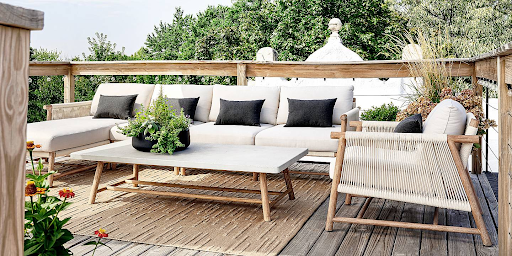What Are the Most Common Types of Ear Piercings?
Ear piercings have remained one of the most popular and timeless forms of self-expression. From simple lobe piercings to intricate cartilage designs, they allow people to showcase their personality and style in creative ways. Whether you prefer subtle studs or statement hoops, there’s an ear piercing style to suit everyone.
Why Ear Piercings Are So Popular
Ear piercings are versatile, fashionable, and suitable for all ages and genders. They can be minimalist or bold, delicate or daring. The recent trend of “curated ears,” where multiple piercings are styled together with coordinated jewellery, has made ear piercings even more appealing. This combination of creativity and personalisation has transformed ear piercings from a simple accessory into a full expression of individuality.
Most Common Types of Ear Piercings
Earlobe Piercing
The earlobe piercing is the most classic and widely recognised style. It’s quick to heal—usually within 6 to 8 weeks—and offers endless possibilities for jewellery, from small studs and hoops to drop earrings. Because it’s simple and low-pain, it’s often the first piercing most people get.
Upper Lobe Piercing
Positioned just above the standard lobe, this piercing is perfect for those who want to create a stacked or layered look. It pairs beautifully with delicate studs and tiny hoops, adding depth and variety without being too dramatic.
Helix Piercing
Located along the upper cartilage, the helix piercing is a popular choice for people looking for a subtle yet stylish addition. Healing can take between 3 and 6 months. Hoops, barbells, or flat-back studs work best for this placement, depending on your preferred look.
Forward Helix Piercing
The forward helix sits at the front part of the ear’s outer rim, near where the ear meets the head. It’s a modern and elegant option that can be done as a single piercing or in multiples for a more intricate style.
Tragus Piercing
The tragus piercing goes through the small piece of cartilage in front of the ear canal. It’s a discreet yet trendy choice that suits small studs or dainty rings. Since the tragus area can vary in size, placement should always be done by an experienced piercer.
Daith Piercing
The daith piercing passes through the inner fold of the ear’s cartilage and is known for its unique placement. While some people claim it can help with migraines, there’s no scientific proof. It’s a bold piercing that pairs beautifully with curved barbells or decorative rings.
Rook Piercing
Situated just above the daith, the rook piercing passes through the cartilage ridge inside the ear. It’s distinctive and stylish, though it takes a little longer to heal. Curved barbells and small hoops make excellent jewellery choices for this piercing.
Conch Piercing
The conch piercing sits in the inner “shell” of the ear. You can choose between an inner conch (closer to the ear canal) or an outer conch (toward the outer rim). It’s a versatile piercing that looks stunning with both large hoops and statement studs.
Industrial Piercing
The industrial piercing connects two points of cartilage with a single straight barbell. It’s bold, edgy, and instantly noticeable. Healing takes around 6 to 9 months due to the dual piercing points, but the result is worth it for those who love a statement look.
How to Choose the Right Ear Piercing for You
Choosing the right piercing depends on your anatomy, lifestyle, and personal style. If you prefer something classic and low-maintenance, start with a lobe or upper lobe piercing. For those who enjoy creative, layered looks, cartilage piercings like the helix or conch are ideal. Always consult a professional piercer to determine what works best for your ear shape and healing needs. For inspiration and safe, high-quality jewellery, explore a range of stylish options for ear piercings designed to suit every look and level of experience.
Jewellery Options for Different Ear Piercings
Each ear piercing offers different jewellery possibilities. Studs are timeless and versatile, perfect for both lobes and cartilage piercings. Hoops and huggies create a chic, everyday look, while barbells work well for industrial or rook piercings. Always choose materials like titanium, surgical steel, niobium, or solid gold to minimise the risk of irritation or infection. Mixing metals or experimenting with asymmetrical designs is also a growing trend in Australia.
Aftercare and Healing Tips
Good aftercare ensures your piercings heal properly and stay looking their best. Clean your piercings twice daily using a saline solution or sterile spray, and avoid alcohol-based cleaners that can dry out the skin. Try not to sleep on the pierced side or change your jewellery too soon. If you notice swelling, redness, or discharge, consult a professional piercer or healthcare provider for advice.
Bringing It All Together
Ear piercings are a beautiful way to express yourself, with countless styles and combinations to explore. From simple lobes to complex cartilage arrangements, each piercing adds its own character to your look. By choosing the right piercing, quality jewellery, and proper aftercare, you can enjoy safe and stylish ear piercings that reflect your personality and confidence.
Keep an eye for more latest news & updates on Knowledgearrow!






